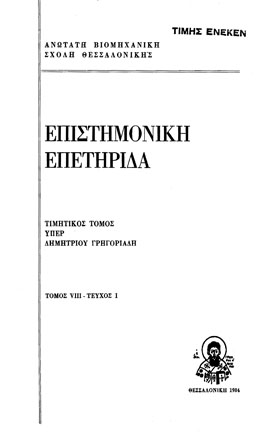Who bears the cost of water pollution?
Main Article Content
Abstract
The purpose of this paper was to assess the policies of industrial abatement which serve as alternatives to the current governmental policy, labeled judicial action. The other alternative policies were labeled resource charge and abatement subsidy. As a case-study example a research on water pollution by the U.S. chemical processing industries was used to identify difficulties in assessing who bears the cost of water pollution in that country. The judicial action approach relies on use of national standards, implying that violation of these standards would lead to economic sacrifice. The use of national standards makes the policy, following the view of some economists - economically inefficient. There is a lack of flexibility in that policy, since national standards may be too tax to achieve adequate installation and operation of equipment. Hence the proposition of a more decentralized policy, whereby pollutants would be priced according to the quality and quantity of damage done in a particular geographic area. Resourche charges, claim the economists, address the problem of relative cost assessment than does judicial action. Like the judicial action approach, resource charge policy utilizes negative incentives. However, it is believed, through implementation of charge approach, a perceive deviation (gap) would be closed between private production and social (pollution abatement) costs. Another policy alternative is the what is called abatement subsidy. This policy utilizes positive incentives. Such a policy could have decentralized application, thereby making subsidies potentially more efficient than judicial action from an economic point of view. Economists criticize the subsidy alternative, however, because it inadequately addresses the problem of relative cost assessment, resulting in tax increases and/or consumer price likes. In overall, to assess what policy makes the «best» job. Other factors have to be taken into account. Such factors could be for example, both biological and economic crisis (Esterlin 1971, Jansma 1971) the time element (Moore 1963), the economic efficiency (Jansma 1971) economic incentives (Hammer 1973), the employment-unemployment factor (Drucker 1972), etc. It may be concluded from the above ex¬position that there is no easy way to resolve the economics of pollution problem but we do believe that any serious try is worth of the effort involved.
Article Details
Section
Articles
